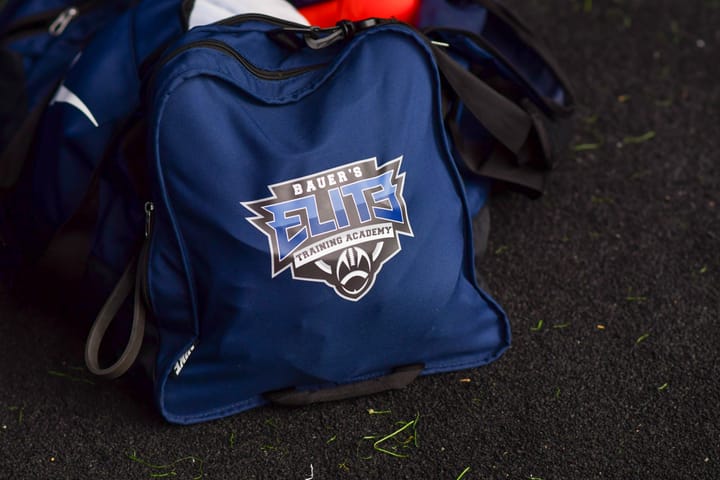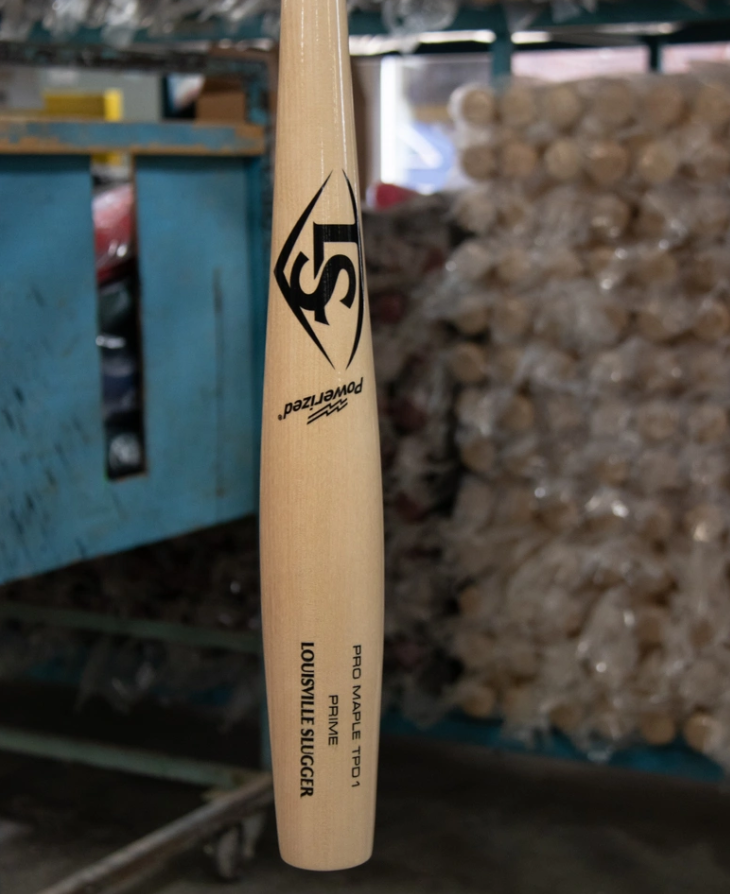A league of their own
Proposed conference could increase participation in tribal high school football
Several South Dakota tribal schools could be moving from their current South Dakota High School Activities Association positions into the All Nations Football Conference next year.
The conference—proposed by Lower Brule at the Oct. 31 SDHSAA board meeting—is an effort to increase participation rates and build competitive programs in tribal schools.
“We want to bring back the participation, bring our best athletes back out, because when you play someone you know that you can compete with and you know you can do it, you’re going to bring more kids back out,” Lower Brule’s athletic director Leonard “Yamni” Jack said. “Just by talking about this and having this presentation, I think we’ve already got kids out for next year who are excited about this.”
Currently, 13 schools have shown interest in joining the nine-man conference. The proposal divides the teams into two divisions based on location: Eagle Butte, Little Wound, Crazy Horse, Red Cloud, Pine Ridge and Takini would be part of the western conference and Crow Creek, Flandreau Indian, Tiospa Zina, Lower Brule, St. Francis and McLaughlin would be in the eastern conference. The Omaha Nation Public School in Macy, Nebraska, has also expressed interest in joining.
Lower Brule is just one of the schools struggling to get students to participate.
According to head coach Zeke Prado, only 15 of the 54 male students in Lower Brule High School went out for football during the 2018 season. This is a significantly low number, considering that more than 40 of these students go out for the basketball team.
The scarce numbers make it especially hard for Lower Brule to compete with other 9AA teams on their schedule, like area powerhouse Bon Homme, who won the state championship this year.
“When we go against Bon Homme and we have 13 players and they have 43 players, and they have backups and depth, and different things like that, we struggle to compete,” Prado said.
Though it ended its 2018 season 3-5, Lower Brule lost its last four games 242-12, and during this entire duration, played only nine quarters of football. Two of the three wins were against other tribal schools: Crazy Horse and Standing Rock.
“When you lose a game 70-0, that’s not fun for anybody,” Prado said. “That’s not fun for us. It doesn’t do anything for the other schools trying to get ready for the next game.”
Dustin Headrick, head coach for the Flandreau Indian School, has also found it challenging to get students to participate.
“It’s almost like clockwork—every year we’ll get 30-some kids out at the beginning of the year and then we’ll finish somewhere in the high -teens or lower 20s,” Headrick said. “I’m hoping that this will give them a little bit more motivation to stick with it”
This year, Flandreau Indian School has a total male enrollment population of 114, and the football team finished with around 17 students. The school has been operating outside of the SDHSAA for their games.
“[Our schedule] has been a mixture of JV and Varsity and a mixture of 9- and 11-man football,” Headrick said. “Our kids were really able to adapt. They didn’t mind, they just wanted to play.”
According to the conference proposal, it has been 36 years since the SDSHAA football playoffs were founded and not one tribal school has competed in the championship during this time.
While schools in the proposed All Nations league would not be able to participate in the South Dakota State High School Football Championships, they would still have a 7- to 8-game season and the opportunity to play in an All Nations Championship game, which would include the top eight teams in the league.
The proposal currently states that in order to join the league, a school must have at least 80 percent Native American Enrollment in grades K-12. If a school does not make the enrollment requirement, they can make an application and submit it to the conference board.
Schools that currently play 11-man will drop to 9-man for the league and schools that currently do not have a varsity level program are being encouraged to start one.
SDHSAA assistant executive director John Krogstrand said that while the conference will not follow the SDHSAA’s regular playoff format, it would still be under the umbrella of the organization. The SDHSAA would work to help create the schedule, organize the officials and the participating schools would still have to pay membership fees.
“[By] playing teams with similar demographics and similar developmental programs, hopefully, they’re able to build their program up to become stronger, get more kids involved, [and] get more parents participating,” Krogstrand said.
The conference could also mean the inclusion of football with other events in the Lakota Nation Invitational, a yearly tournament held in Rapid City between tribal schools that includes other sports like basketball, cheerleading, cross-country, golf, track, wrestling and volleyball as well as archery, hand games and Lakota language bowl.
A committee will meet on Dec. 14 during the LNI to discuss the proposal. If the proposal is adopted by the LNI, the name of the conference will be changed from the All Nations Football Conference to the Lakota Nation Football Conference and a series of games will be held in the fall of 2019, alongside the volleyball and cross-country LNI events.
After being reviewed by the LNI committee, the proposal will be presented again to the SDHSAA Board of Directors in January.
Lower Brule Superintendent Lance Witte believes that the board’s feedback on the proposal has mostly been positive. He said that there are just some logistics that need to be figured out.
“I think they see the dilemma that we’re facing,” Witte said. “We don’t necessarily want to create it about race, but at the same time our tribal schools, I think, are the ones that are struggling the most when you look across the landscape.”
If the proposal passes smoothly, the league has the potential to go into effect in 2019.
Click to enlarge and read about the teams below.



